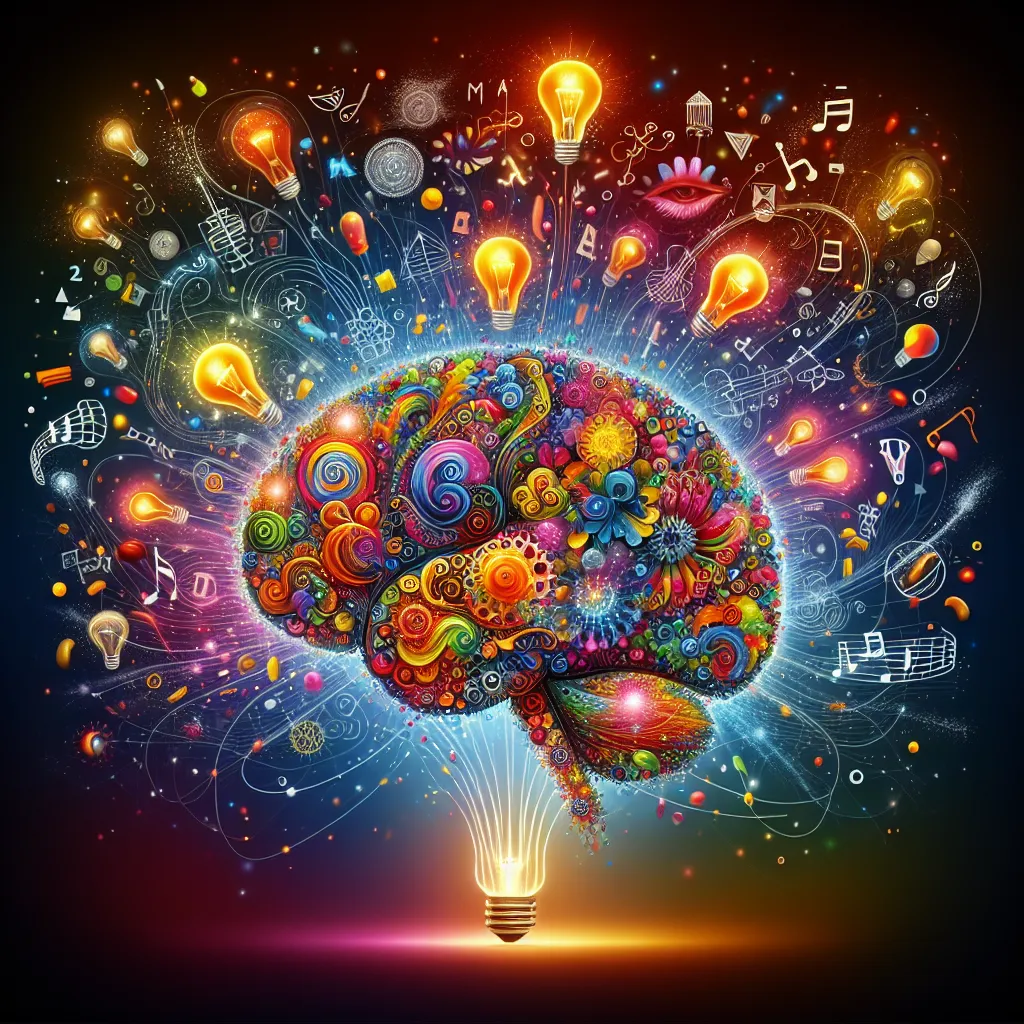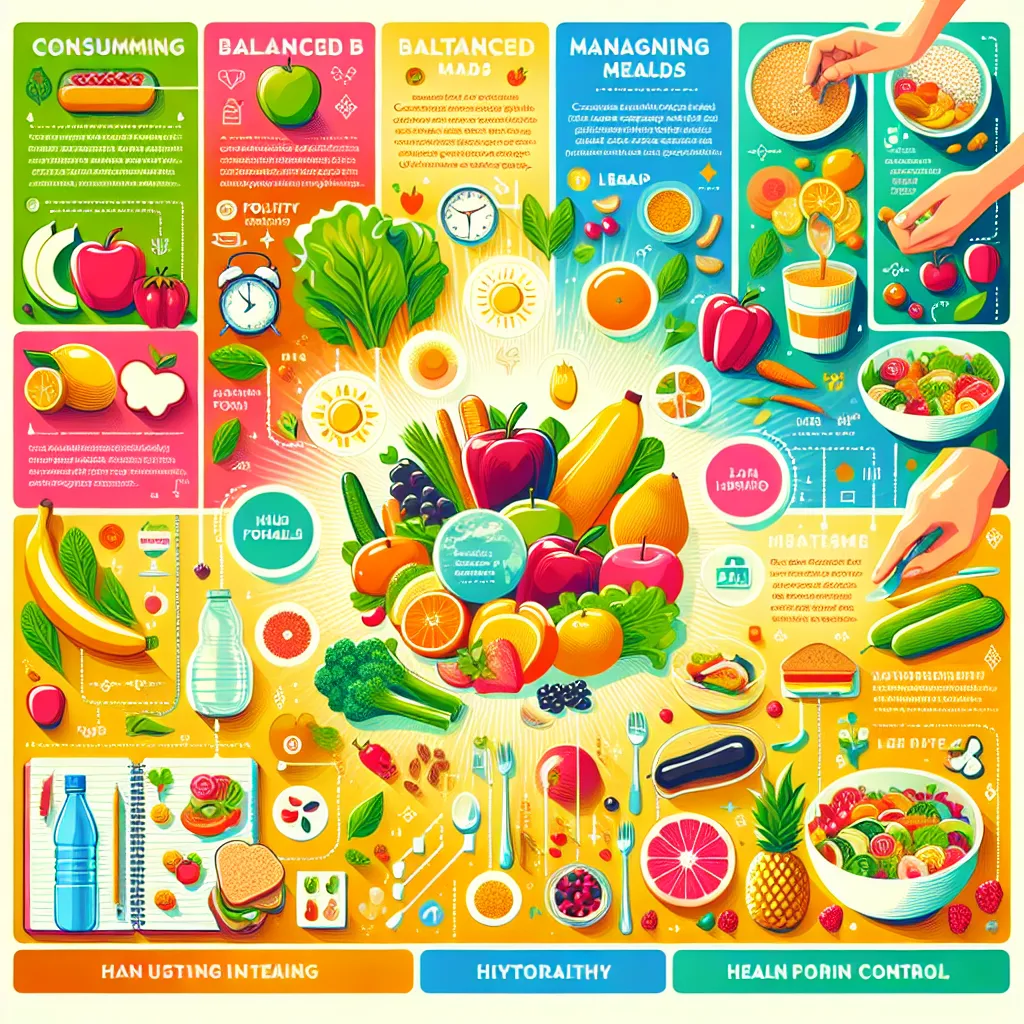As an experienced IELTS instructor, I understand the importance of preparing for the Reading section. Today, we’ll focus on a topic that has been gaining traction in recent years: “Best ways to boost creativity.” This subject has appeared in various forms in past IELTS exams and continues to be relevant in our increasingly innovative world. Given its popularity and the growing emphasis on creative thinking in various fields, there’s a good chance you might encounter a similar theme in your upcoming IELTS test.
Nội dung bài viết
Let’s dive into a practice reading passage and questions to help you sharpen your skills while exploring this fascinating topic.
 Boosting Creativity Concept
Boosting Creativity Concept
Reading Passage
Unleashing Your Creative Potential
A. Creativity is often considered an innate talent, something that some people are born with while others lack. However, recent research in cognitive science and psychology suggests that creativity is a skill that can be developed and enhanced through various techniques and practices. Understanding and implementing these methods can significantly boost one’s creative output, leading to innovative solutions in both personal and professional spheres.
B. One of the most effective ways to boost creativity is through regular engagement in diverse experiences. Exposing oneself to new ideas, cultures, and perspectives can broaden one’s mental horizons and create novel connections between seemingly unrelated concepts. Travel, for instance, has been shown to enhance cognitive flexibility and depth of thought. When individuals immerse themselves in unfamiliar environments, they are forced to adapt and think in new ways, which can spark creative insights.
C. Another powerful technique for enhancing creativity is the practice of mindfulness meditation. This ancient practice, which involves focusing one’s attention on the present moment without judgment, has been found to increase cognitive flexibility and reduce cognitive rigidity. By clearing the mind of clutter and allowing for a state of open awareness, mindfulness meditation creates space for new ideas to emerge. Regular practitioners often report improved problem-solving abilities and increased creative output.
D. Collaboration and brainstorming sessions are also crucial for boosting creativity. When individuals with diverse backgrounds and expertise come together to solve problems, the cross-pollination of ideas can lead to breakthrough innovations. However, it’s important to structure these sessions effectively. Research has shown that the most productive brainstorming occurs when participants are given time to generate ideas individually before sharing them with the group. This approach, known as “brainwriting,” helps prevent groupthink and ensures a wider range of ideas is considered.
E. The physical environment plays a significant role in fostering creativity. Studies have demonstrated that certain colors, such as blue and green, can enhance creative performance. Additionally, the presence of plants and natural elements in a workspace has been linked to increased creativity and productivity. Some innovative companies have taken this concept further by designing offices with varied spaces that cater to different thinking styles and work processes, from quiet reflection areas to collaborative zones.
F. Embracing failure and maintaining a growth mindset are essential for cultivating creativity. Many great innovations have emerged from what initially seemed like failures. By reframing setbacks as learning opportunities and maintaining a belief that abilities can be developed through dedication and hard work, individuals can overcome the fear of failure that often stifles creative thinking. This approach encourages experimentation and risk-taking, which are crucial components of the creative process.
G. Finally, the role of sleep in creativity cannot be overstated. During sleep, particularly during the REM (Rapid Eye Movement) phase, the brain processes information and makes new connections. Many famous scientists and artists have reported that their breakthrough ideas came to them in dreams or immediately upon waking. Ensuring adequate sleep and even incorporating short naps into one’s routine can significantly enhance creative problem-solving abilities.
In conclusion, while some individuals may have a natural inclination towards creativity, it is a skill that can be developed and enhanced through deliberate practice and the implementation of specific techniques. By incorporating these methods into daily life, anyone can unlock their creative potential and contribute innovative solutions to the challenges of our rapidly evolving world.
Questions
True/False/Not Given
Do the following statements agree with the information given in the Reading Passage? Write
TRUE if the statement agrees with the information
FALSE if the statement contradicts the information
NOT GIVEN if there is no information on this
- Creativity is exclusively an innate talent that cannot be developed.
- Exposure to diverse experiences can enhance cognitive flexibility.
- Mindfulness meditation has been proven to increase creative output.
- Group brainstorming is always more effective than individual idea generation.
- The color red is particularly effective in stimulating creativity.
- A fear of failure can hinder creative thinking.
- All phases of sleep equally contribute to creative problem-solving.
Matching Headings
Match the following headings to the correct paragraphs in the passage. Write the correct letter, A-G, next to the numbers 8-12.
- The Impact of Physical Surroundings
- Harnessing the Power of Sleep
- The Collaborative Approach
- Mindset and Creativity
- The Mindfulness Method
Multiple Choice
Choose the correct letter, A, B, C, or D.
-
According to the passage, which of the following is NOT mentioned as a way to boost creativity?
A) Traveling to new places
B) Practicing mindfulness meditation
C) Engaging in competitive sports
D) Collaborating with diverse individuals -
The “brainwriting” technique involves:
A) Writing down ideas during a group discussion
B) Generating ideas individually before group sharing
C) Using writing as a form of meditation
D) Collaborating on a written document -
Which of the following best describes the passage’s view on failure in relation to creativity?
A) Failure should be avoided at all costs
B) Failure is an inevitable part of the creative process
C) Failure can be reframed as a learning opportunity
D) Failure indicates a lack of creative ability
Answer Key and Explanations
-
FALSE
Explanation: The passage states that “creativity is a skill that can be developed and enhanced through various techniques and practices,” contradicting the idea that it is exclusively innate. -
TRUE
Explanation: Paragraph B mentions that “Exposing oneself to new ideas, cultures, and perspectives can broaden one’s mental horizons and create novel connections.” -
TRUE
Explanation: Paragraph C states that practitioners of mindfulness meditation “often report improved problem-solving abilities and increased creative output.” -
FALSE
Explanation: Paragraph D indicates that individual idea generation before group sharing (brainwriting) is more effective than traditional group brainstorming. -
NOT GIVEN
Explanation: The passage mentions blue and green as colors that enhance creativity, but there is no information about the color red. -
TRUE
Explanation: Paragraph F states that “By reframing setbacks as learning opportunities… individuals can overcome the fear of failure that often stifles creative thinking.” -
FALSE
Explanation: Paragraph G specifically mentions the REM phase of sleep as important for creativity, implying that not all sleep phases contribute equally. -
E
-
G
-
D
-
F
-
C
-
C
Explanation: The passage does not mention engaging in competitive sports as a way to boost creativity. -
B
Explanation: Paragraph D describes brainwriting as generating ideas individually before sharing them with the group. -
C
Explanation: Paragraph F suggests reframing failure as a learning opportunity to foster creativity.
Common Mistakes to Avoid
When tackling a reading passage like this, be cautious of the following common errors:
-
Overgeneralizing: Don’t assume that a statement true for one aspect applies to all. For example, while the passage mentions specific colors enhancing creativity, it doesn’t mean all colors have this effect.
-
Confusing “Not Given” with “False”: If the passage doesn’t provide information on a statement, it’s “Not Given,” not “False.”
-
Misinterpreting nuances: Pay attention to words like “often,” “can,” or “may” which indicate possibilities rather than absolutes.
-
Overlooking paragraph structure: In matching exercises, the main idea is usually presented at the beginning or end of the paragraph.
-
Falling for distractors in multiple-choice questions: Carefully eliminate options that contradict the passage or are not mentioned.
Key Vocabulary
- Innate: inborn, natural (adjective) /ɪˈneɪt/
- Cognitive flexibility: the ability to adapt thinking (noun phrase) /ˈkɒɡnətɪv ˌfleksəˈbɪləti/
- Mindfulness meditation: a mental training practice (noun phrase) /ˈmaɪndfʊlnəs ˌmedɪˈteɪʃən/
- Cross-pollination: exchange of ideas (noun) /krɒs ˌpɒlɪˈneɪʃən/
- Groupthink: tendency to conform in groups (noun) /ˈɡruːpθɪŋk/
- Growth mindset: belief that abilities can be developed (noun phrase) /ɡrəʊθ ˈmaɪndset/
- REM (Rapid Eye Movement): a phase of sleep (acronym) /rem/
Grammar Focus
Pay attention to the use of conditional sentences in the passage, particularly in discussing potential outcomes of creative practices. For example:
“By reframing setbacks as learning opportunities…, individuals can overcome the fear of failure.”
This is an example of a zero conditional sentence, used to express general truths or scientific facts. The structure is:
If/When + present simple, present simple
Practice forming similar sentences related to creativity and problem-solving to enhance your writing skills for the IELTS exam.
Tips for High Scores in IELTS Reading
-
Time management is crucial. Spend about 20 minutes on each passage in the Academic Reading test.
-
Skim the passage first to get a general idea, then read the questions carefully.
-
Use the headings and first sentences of paragraphs to quickly locate information.
-
Pay attention to transition words and phrases that indicate relationships between ideas.
-
Practice identifying synonyms and paraphrases, as IELTS often uses these to test understanding.
-
For True/False/Not Given questions, stick strictly to the information in the passage.
-
In multiple-choice questions, eliminate obviously wrong answers first.
-
Don’t leave any questions unanswered – there’s no penalty for guessing.
Remember, consistent practice with various types of texts and question formats is key to improving your IELTS Reading score. Consider integrating techniques to boost your productivity into your study routine to maximize your preparation time.
By applying these strategies and continually exposing yourself to diverse reading materials, you’ll be well-prepared to tackle the IELTS Reading section with confidence. Good luck with your IELTS journey!


